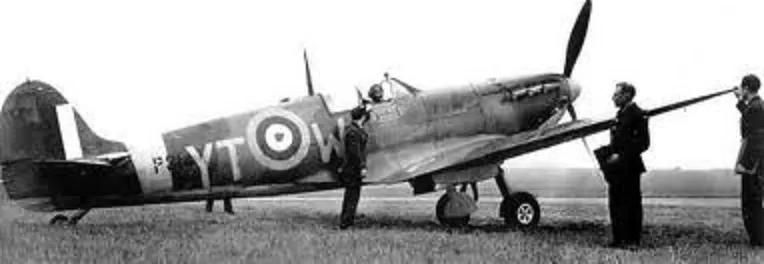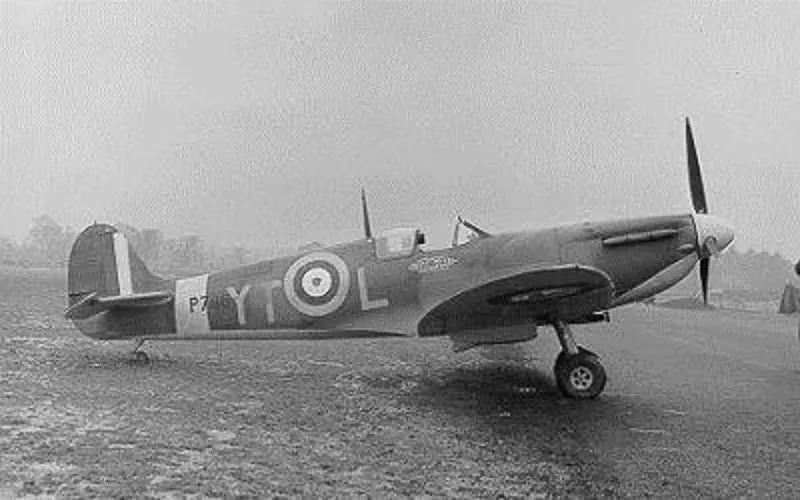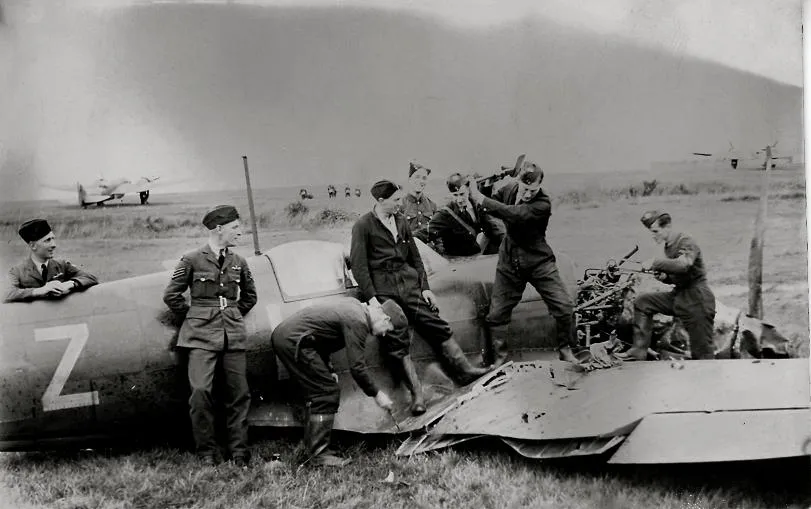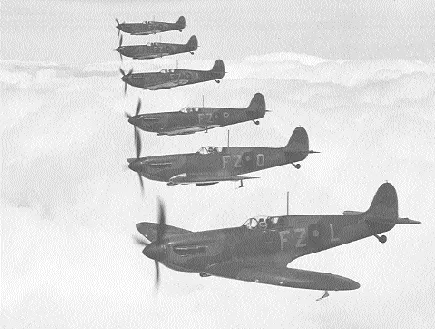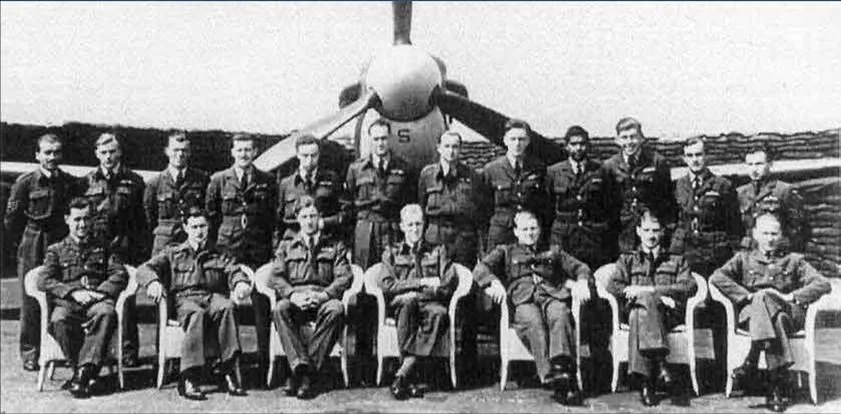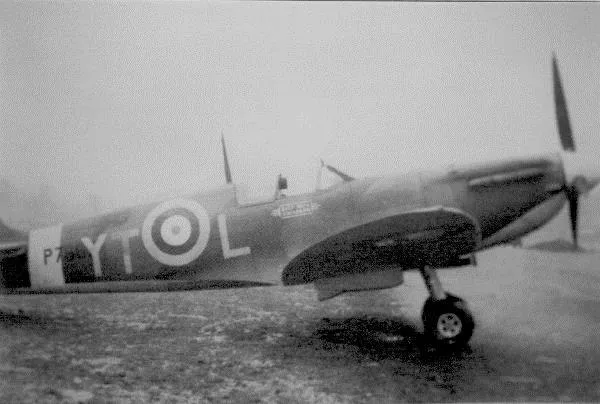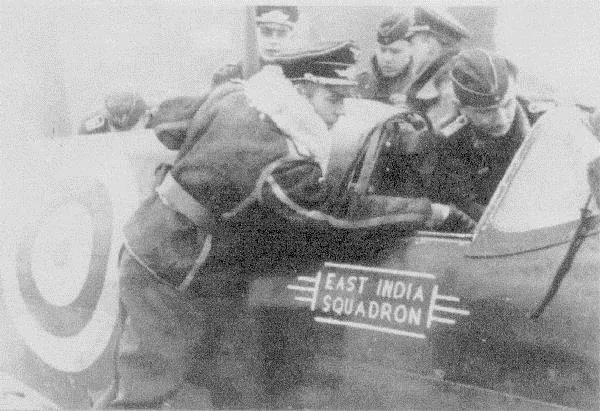No. 65 Squadron RAF
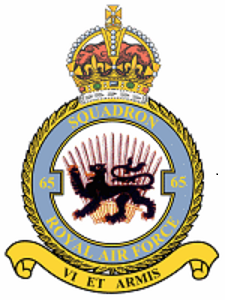


On 1 August 1934, No 65 reformed at Hornchurch with Demons but in September 1935 it began losing its personnel to drafts being sent to the Middle East during the Abyssinian crisis and was reduced to a cadre, being brought up to strength from July 1936, at the same time as Gauntlets were received to replace the remaining Demons. In June 1937, it re-equipped with Gladiators, converting to Spitfires in March 1939. In June 1940, offensive patrols began to be flown over France and the Low Countries to cover the evacuation from Dunkirk, the squadron being moved to Lincolnshire to refit at the end of May. It returned south a week later and took part in the Battle of Britain until the end of August, when it moved to Scotland. In November 1940 the Squadron moved south again and began offensive sweeps over northern France in January 1941 before moving to Lincolnshire in February 1941.
In October 1941, No. 65 received Spitfire Vs which it used for low-level attacks on enemy transport and shipping reconnaissance until October 1942, when it moved back to Scotland. No. 65 moved down to Cornwall in March 1943 for fighter patrols and bomber escort missions. In December the Squadron converted to Mustangs which were used in the fighter-bomber role and in June 1944 No. 65 had moved to Normandy where it supported the army until September 1944. The Squadron was then moved to East Anglia to act as fighter escorts for Bomber Command's daylight raids over Germany until January 1945 when it moved back to Scotland to provide similar services to Coastal Command attacking shipping off Norway and Denmark.
In May 1945, the Squadron moved to East Anglia again where it replaced its Mustangs with Spitfires until June 1946 when it began to receive Hornets, moving during the following months to Yorkshire. In December 1950 the Squadron began to replace its Hornets with Meteors and in August 1951 it moved to Duxford. In December 1956, Hunters began to arrive until No. 65 disbanded on the 31st of March 1961. On the 1st of January 1964, No. 65 reformed as an anti-aircraft missile unit at Seletar, disbanding on the 30th of March 1970.
Many of the photos below are explained ih the biography of FSGT Harold Orchard. This biography also contains first hand recollections of 65 SQN RAF in combat with enemy aircraft.
.